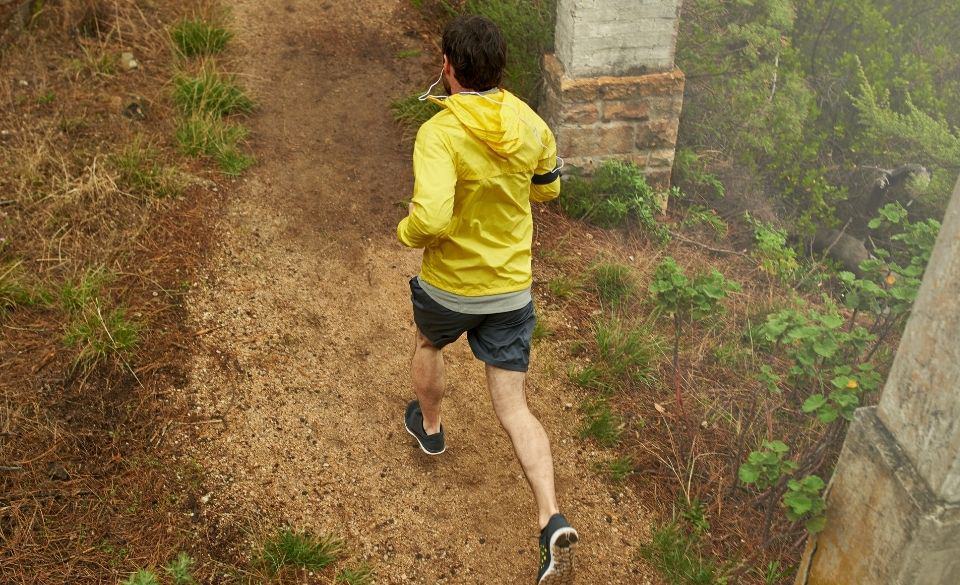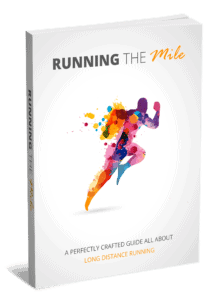
Sore Ribs After Running? Why Are My Ribs Sore After Running?
Page Contents
All runners hate that feeling when you need to stop during a run because of sore ribs. It’s even worse when you get home and still have sore ribs after running. In this article we look at why? And how you can prevent this from happening.
Sore Ribs After Running? Here’s What It Could Mean
Sore ribs after running can be many things from stitch to lack of fitness and core strength to strained intercostal muscles.
First, it is important to diagnose the problem and find the cause of the issue. Have you just started running? When was the last time you ate or drank? Do you experience the pain often? Where is the pain located? All these are questions that can help you identify why the ribs are sore.
Once you can find a common reoccurrence you can start to look at ways to prevent it.
The most common causes of sore ribs after running is:
– Lack of core stability
– Eating too close to your run
– Strained intercostal muscles
– Poor breathing techniques
– Poor running posture
– Too high carbohydrate concentration
– Sharp or rapid movements during a run

Why Are My Ribs Sore After Running?
Nothing is more annoying after a run than experiencing sore ribs after running. But what causes this and why do you experience it after running?
When running at speed it causes your breathing rate to rapidly increase, this often places more stress on seldomly used muscles to breathe. One of these muscles is the intercostal muscle, which is located between the ribs and likely is the cause of the pain.
If you are getting back into running after a long break it is common for people to experience discomfort from the intercostal muscles. This can sometimes be described as a burning, stabbing, or spasm-like feeling.
For other people, it may just be the after-effects of stitch. Try applying pressure with your hand to the area until the pain resides. Typically, this type of discomfort only lasts for series of minutes and can disappear after a period of lying down or bending over.
Pain In Ribs When Running
As a runner, we often experience niggles, injuries and it’s something we have always gotten used to. But if you experience pain in the ribs when running it can often bring your run to a halt rather quickly.
There are a few different theories behind what causes this, from cramps, stitches to strained intercostal muscles. The pain you feel can be a good indication of what you may have been experiencing. But if you have strained the intercostal muscles, some symptoms may include:
– Sharp pain in the upper back and ribs.
– A worsening discomfort after repetitive movements, such as running, swimming, or cycling.
– Stiffness and tension in muscles, causing pain in the upper back.
– Pain when coughing, sneezing, or deep breathing
If you are new to running, the lack of core strength can often cause pain in the ribs when running. So focusing on a core routine 2-3 times a week can help strengthen the surrounding muscles and prevent this from happening.
Pushups, front and side plank, sit-ups, crunches, and oblique work should be included in this routine. This will not only prevent any pain caused in the ribs but also help improve your running form.
If you aren’t experiencing pain in the ribs but more of a cramp sensation, continue on through the article. What you are feeling may be the stitch caused by your breathing pattern or eating food too close to your run.

Cramps While Running Under Rib Cage
Experiencing cramps while running under your rib cage is not a fun experience. Often this occurs on the right side of the body but can sometimes occur on the left. It is known as exercise-related transient abdominal pain and often affects all types and levels of runners.
When you run the ligaments of the abdominal organs start to pull on the diaphragm, causing tightness and sometimes pain. Eating food too close to your run is known to be one of the main culprits, but also drinking too much water can have the same effect.
Studies have shown that beverages high in carbohydrate concentration drank during or prior to running has been associated with cramps under the rib cage. So, make sure you take any high carbohydrate drinks or food no closer than 1 hour before you head out the door.
Cramps under the rib cage can be prevented by practicing belly breathing and posture. So regular practicing of your breathing pattern and focusing on your posture when running can help prevent cramps from happening.
Pain Under Right Rib When Running
It is common to experience pain under the right rib at least once during your running career. There are numerous terms for such a thing, from side stitch, stitches, to abdominal pain. Either way, it’s one of those annoying things that all runners experience.
What causes this is not entirely clear, but several studies have shown that overeating and eating just before a run is the main cause.
Pain under the right rib when running is usually felt as a sharp stabbing pain, or in less severe cases, a dull ache. Pain under the right rib (or stitch) is more likely to appear in novice runners than the elite.
With the novice runner, once they have built up their endurance, the pain often starts to decrease or stop occurring altogether.
What exactly causes the pain under the ribs has experts baffled, but contributing factors have been identified as a possible cause. These include overhydration, dehydration, out of shape, breathing patterns, and lack of core strength. Because of this, it is less common for medication or an underlying medical disorder to be the cause of this.
If you experience pain under the right rib when running try to slow your pace immediately. Use your hand to apply pressure to the affected area, and release once you feel the cramp or pain reside.
Bending over at the waist can also help to relieve pressure and don’t forget to breathe slowly. Pushing your abdominal’s out when you take a breath and relaxing it when you exhale can help reduce any discomfort you feel.


Download Running the Mile for only 8usd
“A Know-all Short Report All About Long Distance Running”



